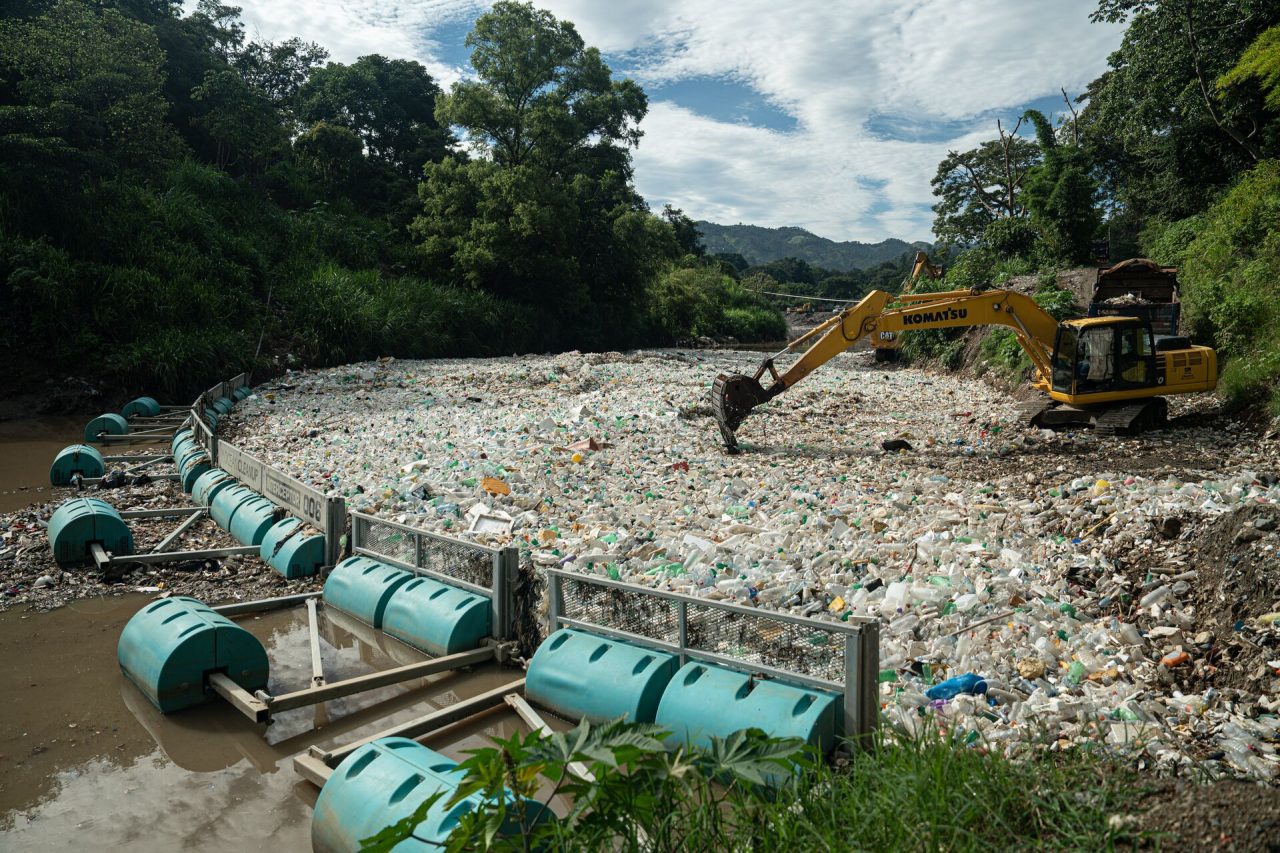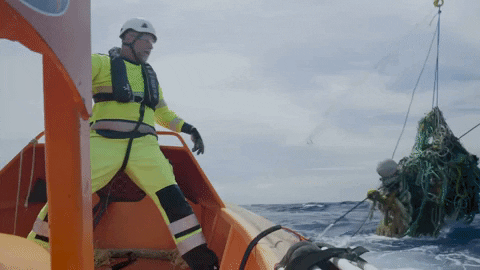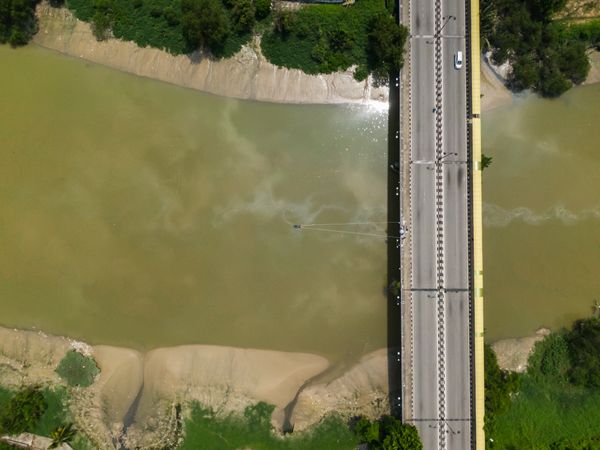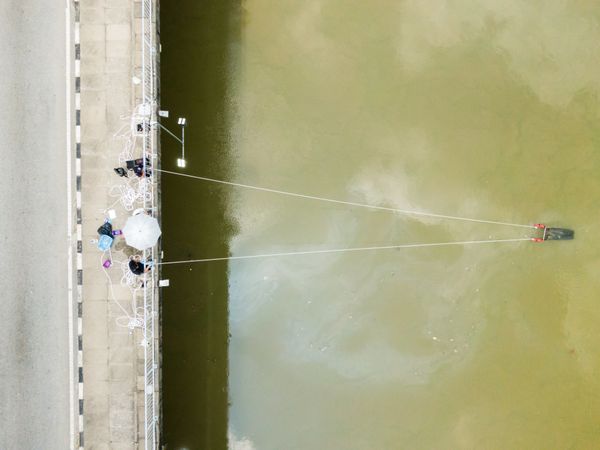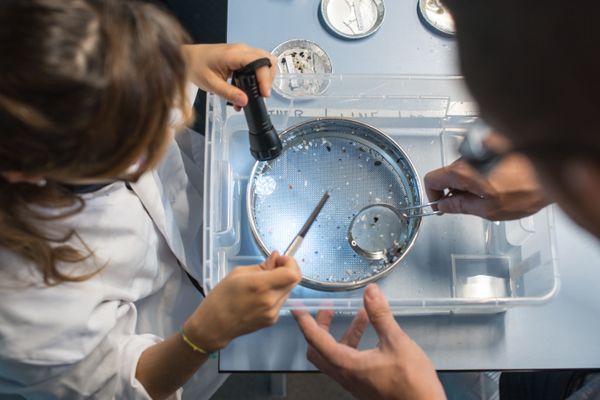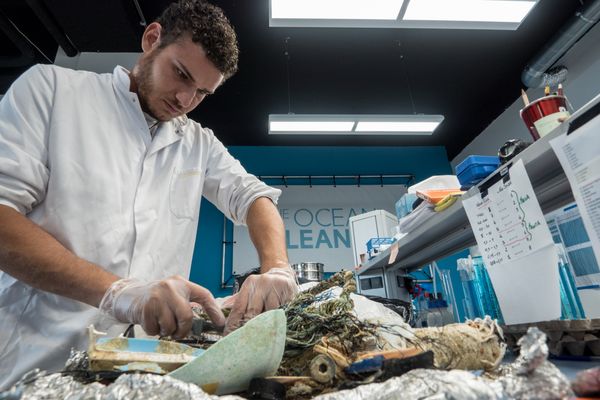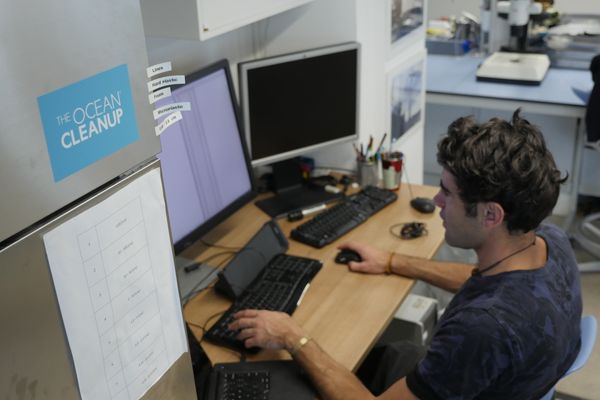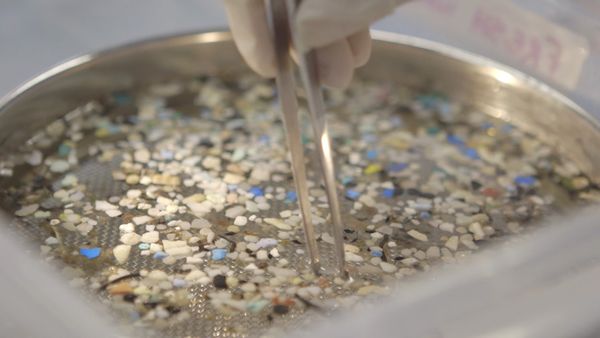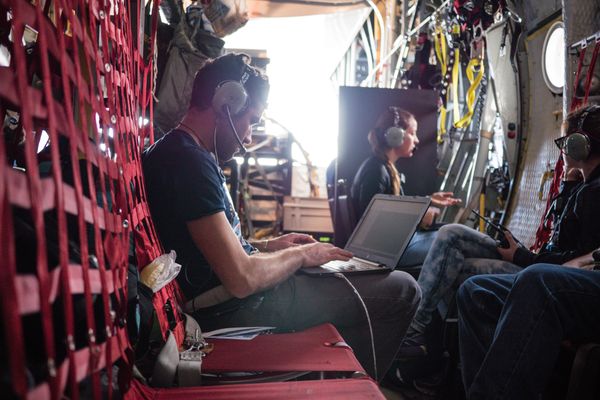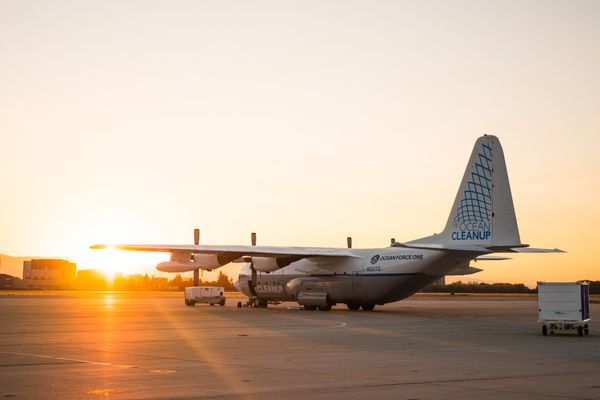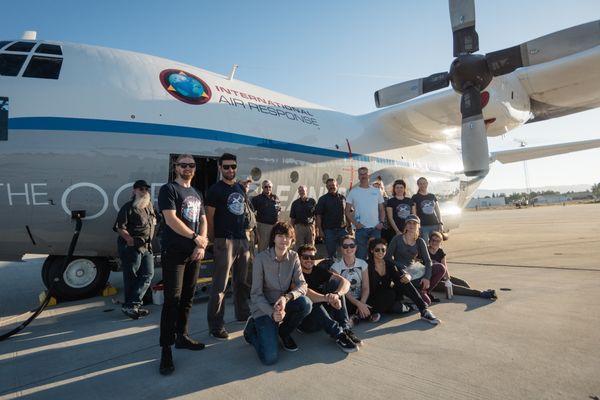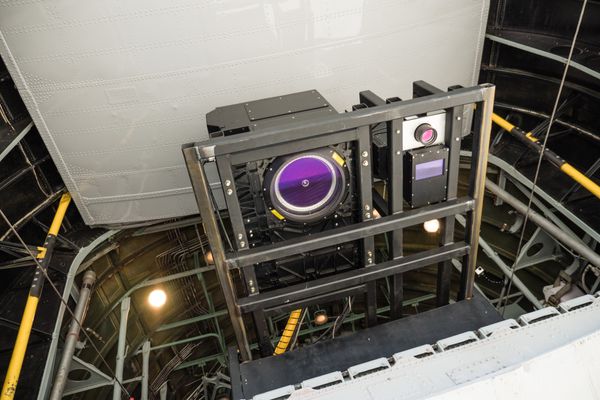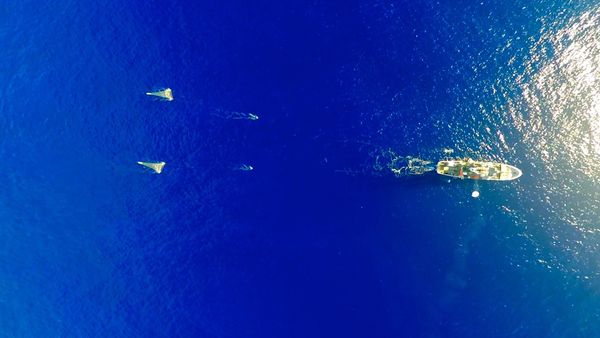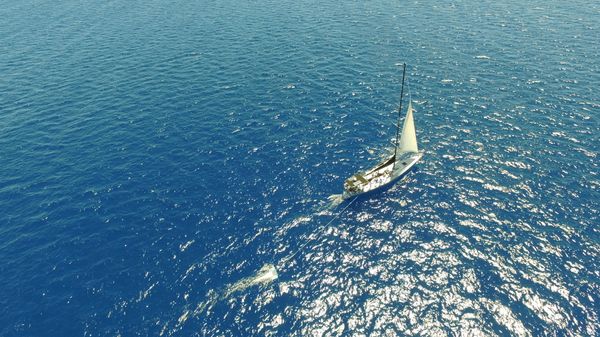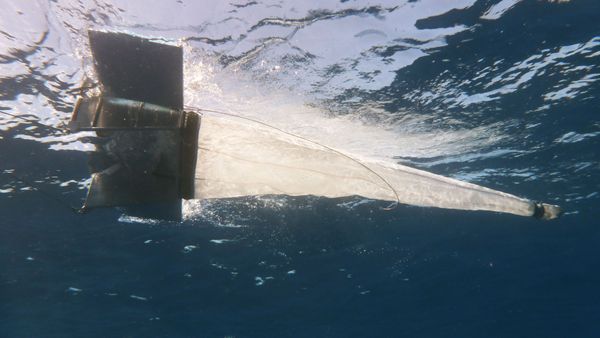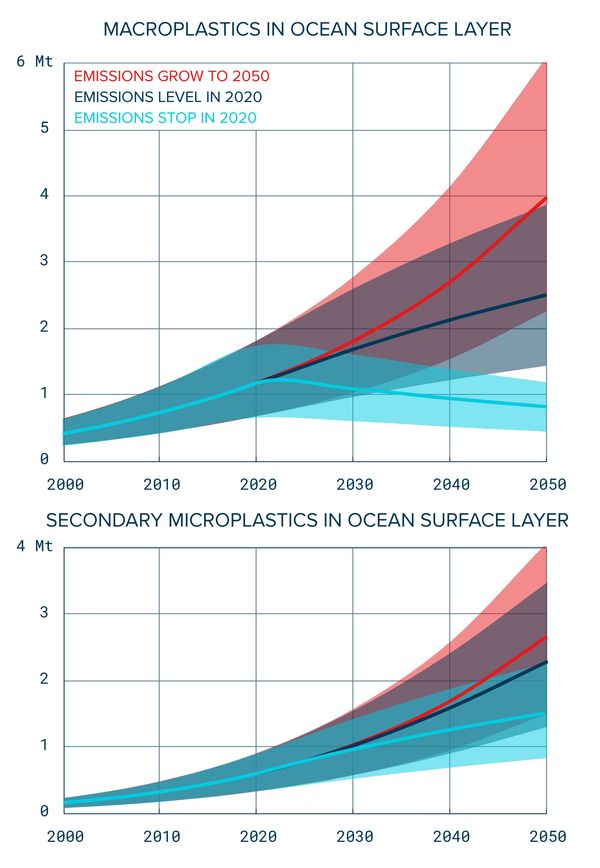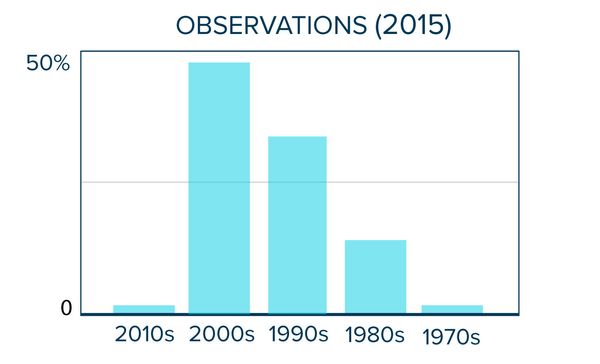To be able to solve a problem, you have to understand it. The Ocean Cleanup has carried out research on plastic pollution since 2013 to understand the scale of the issue and the impacts of plastic pollution. Our team of in-house scientists carries out ongoing research to look at the problem in its present state and inform our engineering team of potential system innovations, but also to look ahead and adapt accordingly. Read more about our research in our scientific publications. All content below should be credited to The Ocean Cleanup.
Images (18)
-
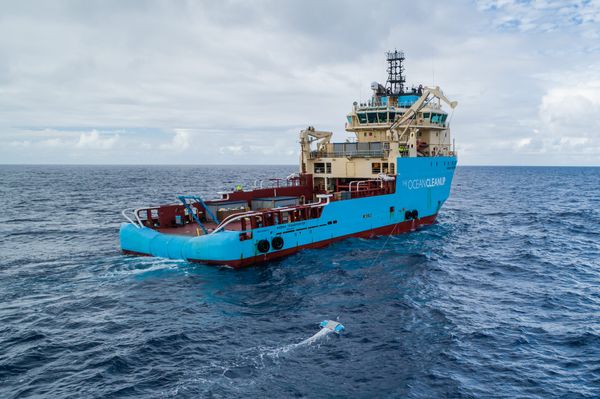
Manta trawl (starboard) and underwater trawl (stern - cable from blue A-frame) during deep sea research mission 2018. The aim of the mission was to see if the plastic afloat in ocean garbage patches can pollute the deep sea below. -
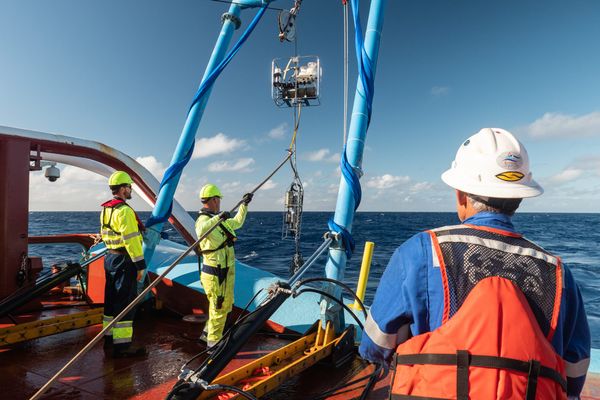
CTD (Conductivity, Temperature, Density) profiler during deep sea research, 2018. The aim of the mission was to see if plastic floating in ocean garbage patches can pollute the deep sea below -
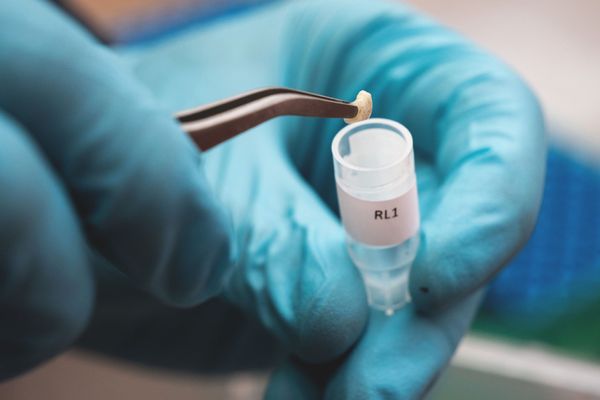
Counting and categorizing the sampled microplastic during the deep sea expedition 2018. The aim of the mission was to see if the plastic afloat in ocean garbage patches can pollute the deep sea below. -
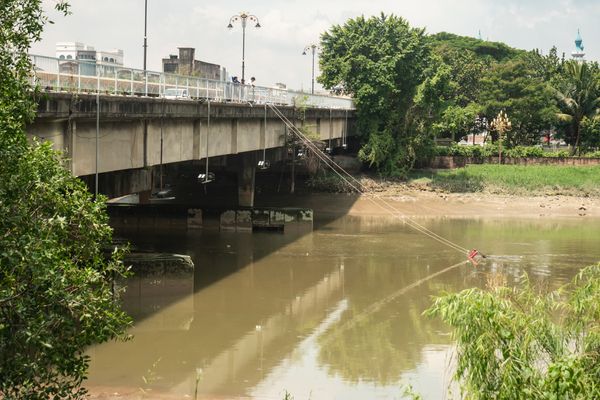
River plastic research in Malaysia, conducted by The Ocean Cleanup crew and local research partners. -
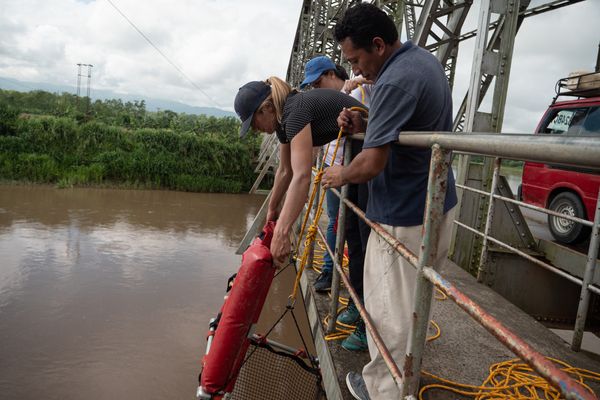
River plastic research in Guatemala
Illustrations (8)
-
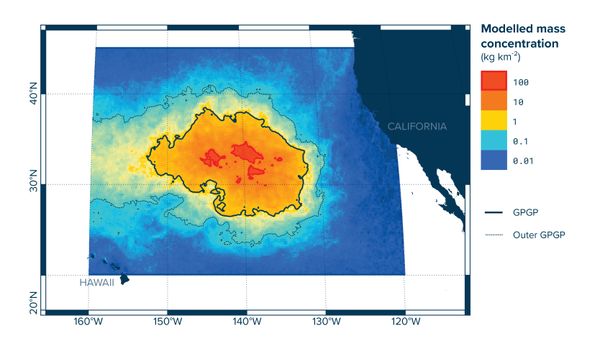
The Great Pacific Garbage Patch (GPGP), as mapped by The Ocean Cleanup in 2015-2016. -
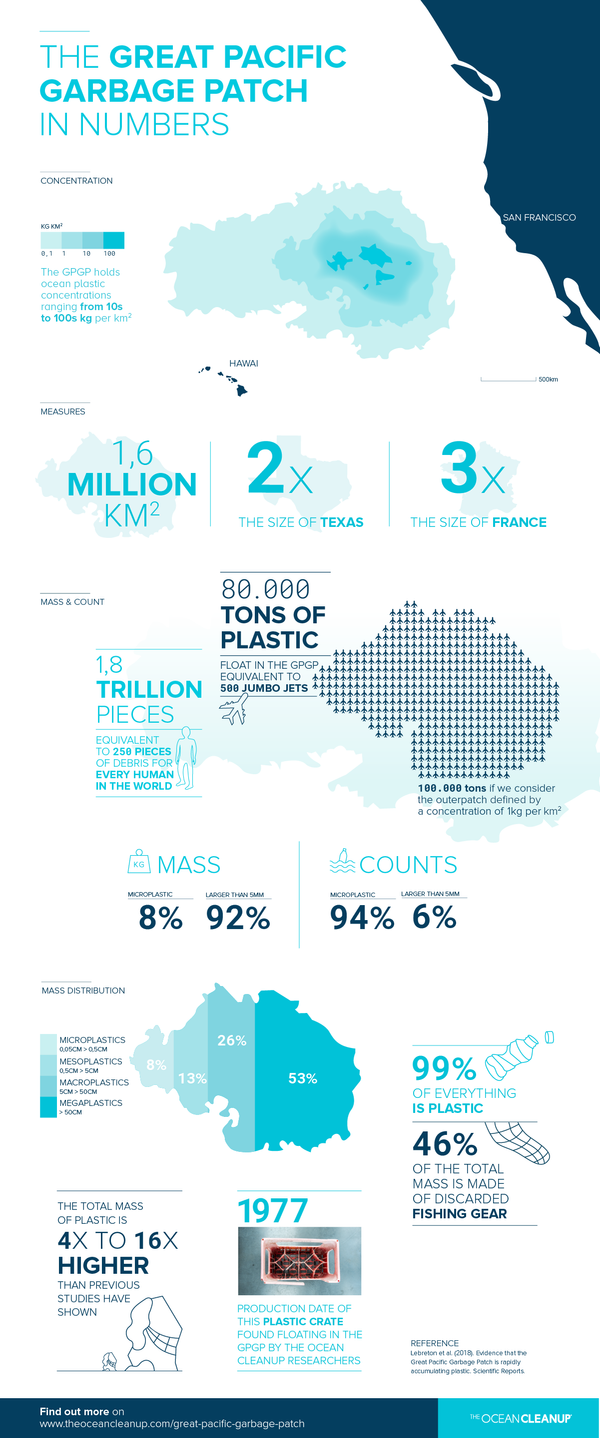
The Great Pacific Garbage Patch in Numbers - Infographic -
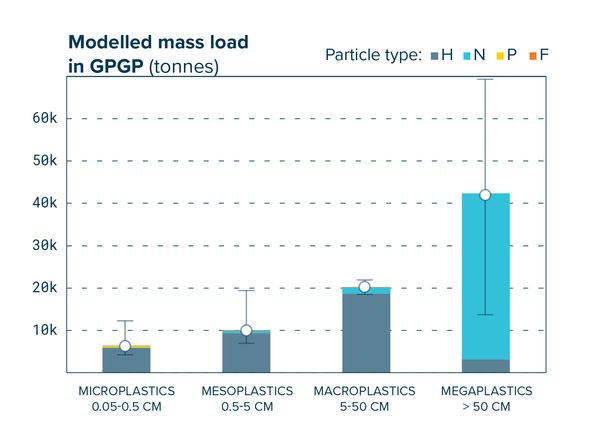
Composition of the inner GPGP. Currently, about 5-10% of its mass is microplastics. -
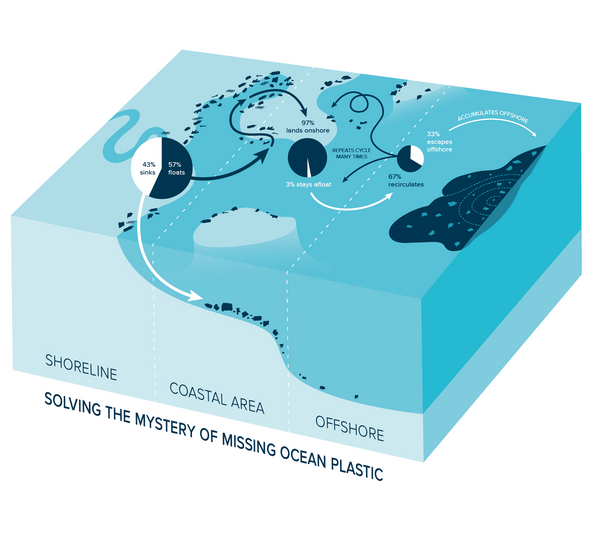
The journey of floating ocean plastic from rivers to garbage patches -
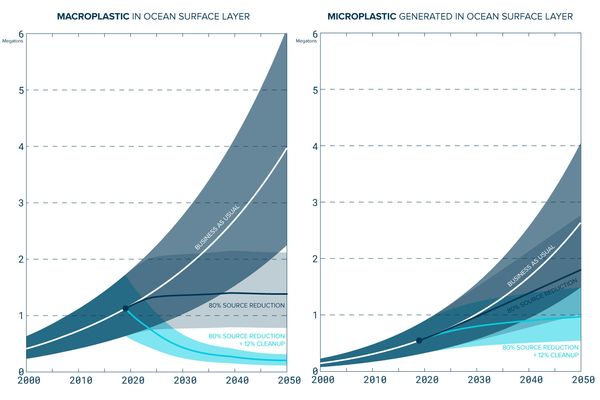
Future scenarios for macroplastics in the GPGP. The dark band shows what would happen without any change. Addressing the source (left) causes the amount of ocean pollution to stay constant. Combining source reduction with cleanup (right) causes the amount of ocean pollution to decline.
